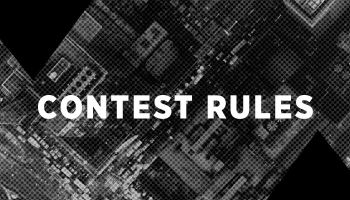For Mike Smith, Facebook is a fort for communicating freely with friends online.
Within the confines of that giant yet access-restricted network, the music-software engineer from San Francisco believes he can control what’s posted about him through the simple courtesy of asking friends to remove unflattering photos.
But on the wide-open Web exists a harsher environment.
Images that make their way outside the walls of Facebook or similarly closed networks can get indexed by search engines and become almost impossible to scrub.
“I don’t want to advertise my life,” Smith said. “But my last name is Smith, so there’s built-in anonymity. No one can find me.”
For those less fortunate, a rogue picture can become an unwanted tattoo. As software matures, more data can be extracted from those images with ease.
A digital photograph is like an onion, and advancements in machine reading and software scanning can help peel back layers to extract information from images.
Each layer of a digital picture often contains data about where and when a shot was taken. Rapidly maturing computer algorithms can interpret what or who is in the frame.
More than half of people online have uploaded photos to be shared with others, according to a study from the Pew Research Center for a report that hasn’t yet been published. It was 55% in November, up from 46% in July 2008, Pew’s studies found.
Previously, the Pew Internet Project hadn’t studied photo sharing as closely as status updates and blogs, said Lee Rainie, the project’s director.
“The photo piece of this is now rising in importance and volume, we think, so we’re going to pay more attention to this in the future,” Rainie said. “It’s become such a central feature for social networking.”
Via: Cnn.com
To Read More: Click Here











